So here goes:
First off, meditating in a group is really powerful, both energetically and for your motivation. See if you can find a meditation group (or classes) in your area. There are often free classes for Veterans, and most areas have meetups or groups that do weekly meditations that are open to everyone.
Meditation is best when practiced often, like most things. The benefits grow quickly, but only if you keep at it. The more you do it, the more you'll get from it. Meditation in itself can be frustrating if you are looking for a specific goal within your meditation - what I mean is that looking for the goal of easing PTSD or calming anxiety is good, but trying to reach a particular state within a meditation session can set you up for frustration. Each day will be different, and expecting for your mind to progress in a linear fashion is madness.
To start, try to find a time of day when you can make mediation a habit, even if just for ten or fifteen minutes. After waking up or right before bed, before or after lunch or after a daily workout are all good times. Put it in your calender and stick to it, 15 minutes a day, at the same time if you can.
Make a sacred (quiet, calm, dedicated) space for yourself in your home or office where you will not be disturbed. It can be anywhere - I sit on a pillow in bed or on my bedroom floor. If you have to skip sometimes, at least you are building the habit on the other days. Sit on a chair or on the floor, get comfortable, but not comfy - you don't want to fall asleep. Make sure your knees are lower than your hips, it will be much more comfortable. Also make sure to keep your back straight and your elbows under your shoulders.
Close your eyes, and to start you will focus on your breath - either your rib cage expanding and contracting or the feeling of your breath coming and going through your nose, feeling your nose and the area around your nose. Alternately, you can focus on a mantra, such as "I am calm," "I am safe" etc, whatever short bit resonates with you, make it up. It should make you feel good. Say it to yourself on the inhale and exhale. So either breath or mantra. (Or find one of the gazillion other possible meditations out there. Google will point you in the right direction...) Set a timer so that you aren't tempted to continually open your eyes and look at the clock.
Know that your mind will wander. Try to be aware of your thoughts without getting drawn into them. Notice what you are thinking about, then let the thoughts go and refocus on your breath or mantra. At first, you might get a moment of focus on your breath here and there, but as you continue with the practice, those moments will start to touch each other until you have minutes at a time of complete focus, and then whole sittings of focus.
As focus gets easier, you can move to the next stage, which is connection - feeling connected to whatever bigger thing we think (or feel) we are a part of. It might be a deity, a universal oneness, a greater consciousness, the vastness of nature or the more scientific quantum field. Once your mind has practiced focusing on one thing for many minutes (or more) at a time, it will be easier to slip into this next phase of connection.
When you hear people saying that meditation is about "clearing your mind," this is what they are talking about. Once you can sit and focus for a while, you can start to clear your mind and go deeper into the connection, finding peace and mental rest. Just sitting and trying to focus is beneficial. Focusing without distraction is beneficial. Dissolving the ego and resting the mind is beneficial and amazing and kind of addictive. ;)
There are so many different focuses for meditation, and you should explore them, but pick one that you can stick to (at least most of the time) so you can go deeper, get familiar with the meditation and build the mental habit of focus on that particular idea or feeling.
I hope this little bit helps. I'm here if you have any questions, and I'd love to hear how it's going for you!
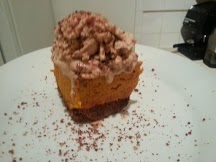
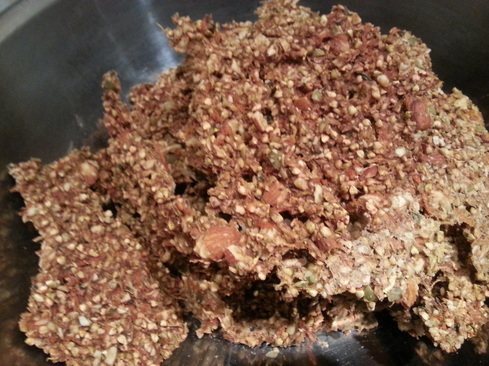
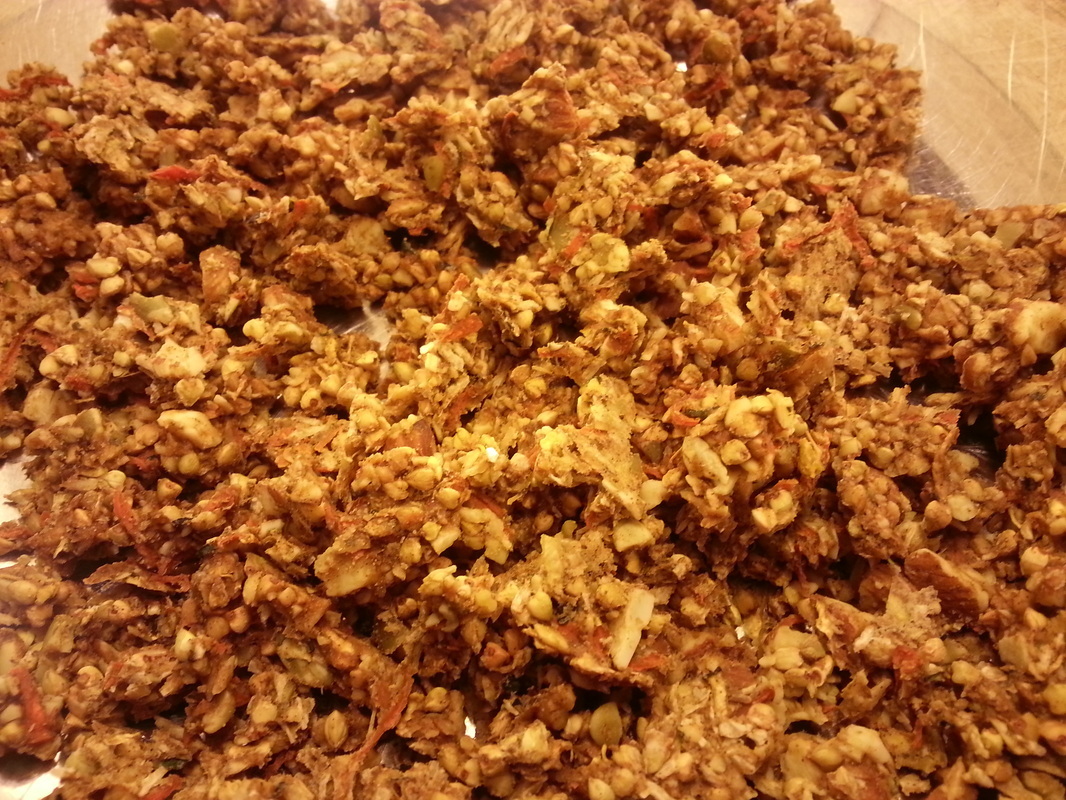
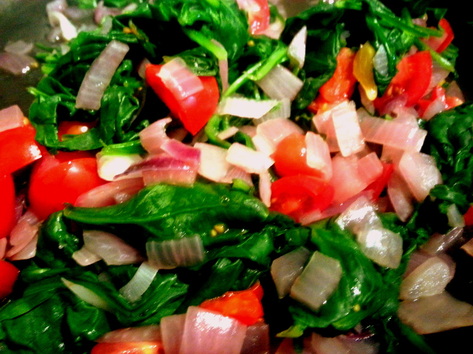
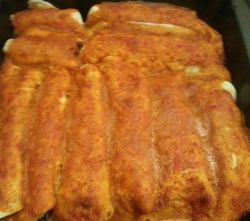
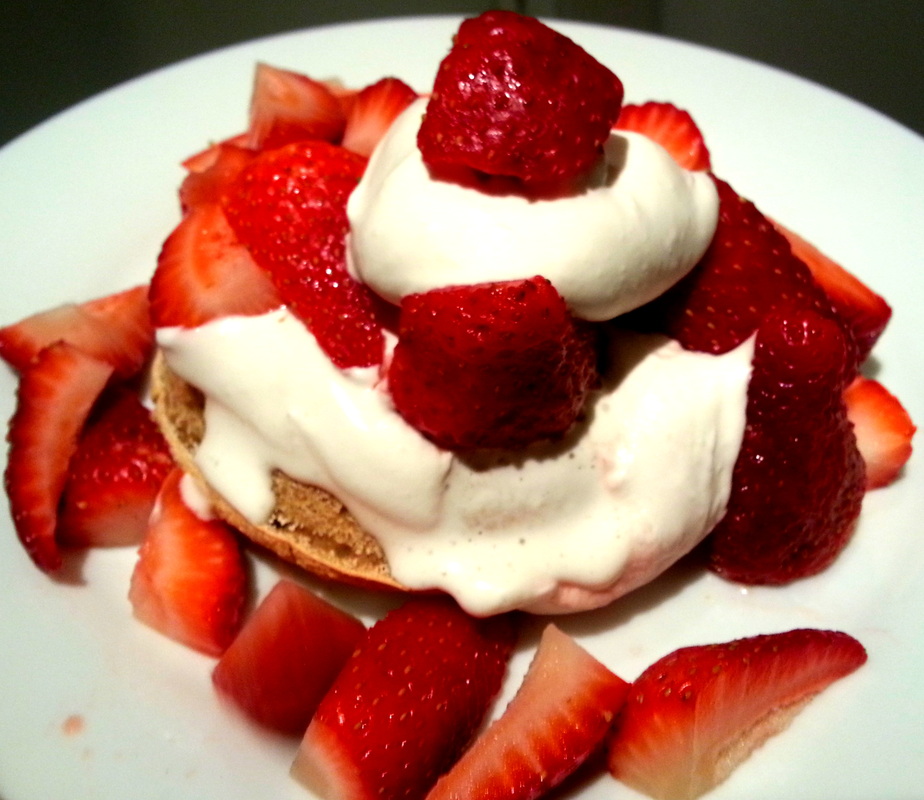
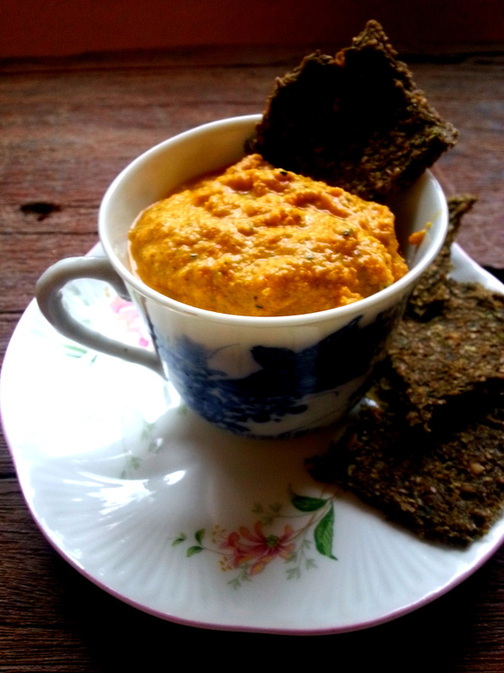
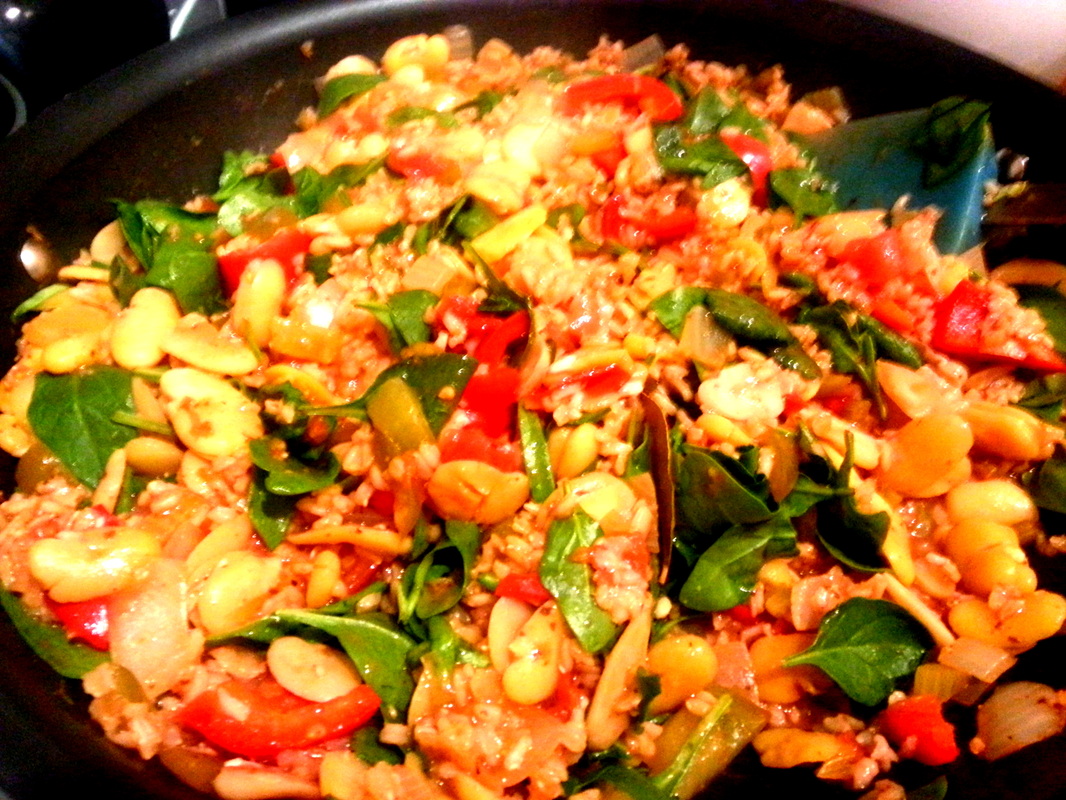
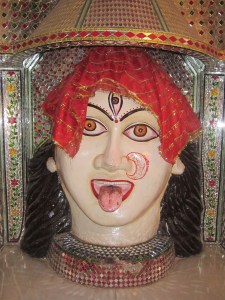
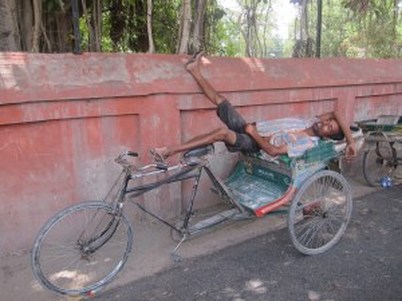
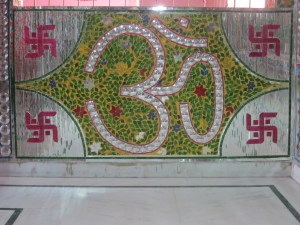
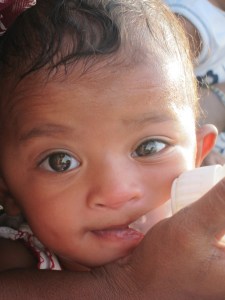
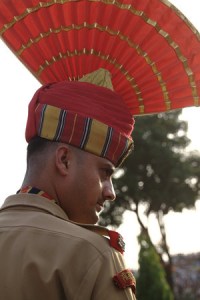
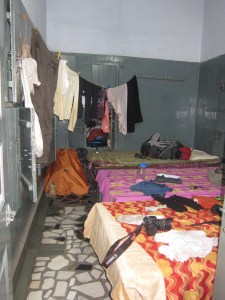
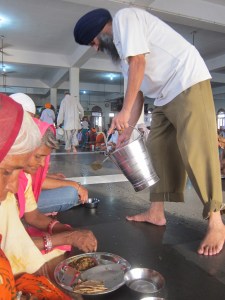
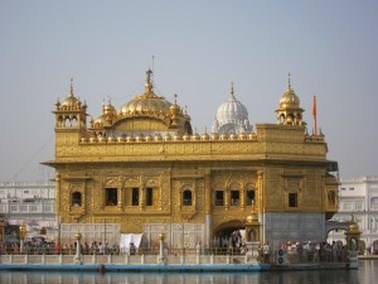
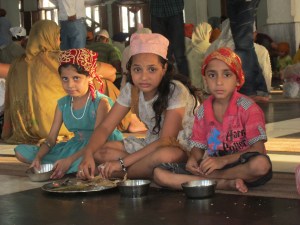
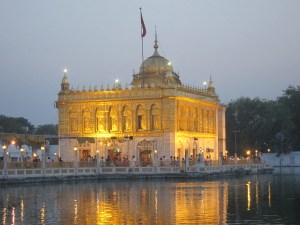
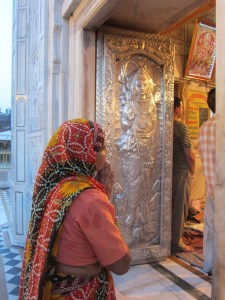
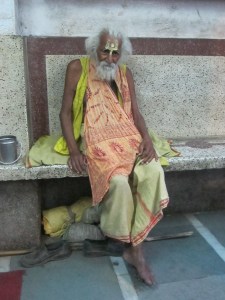
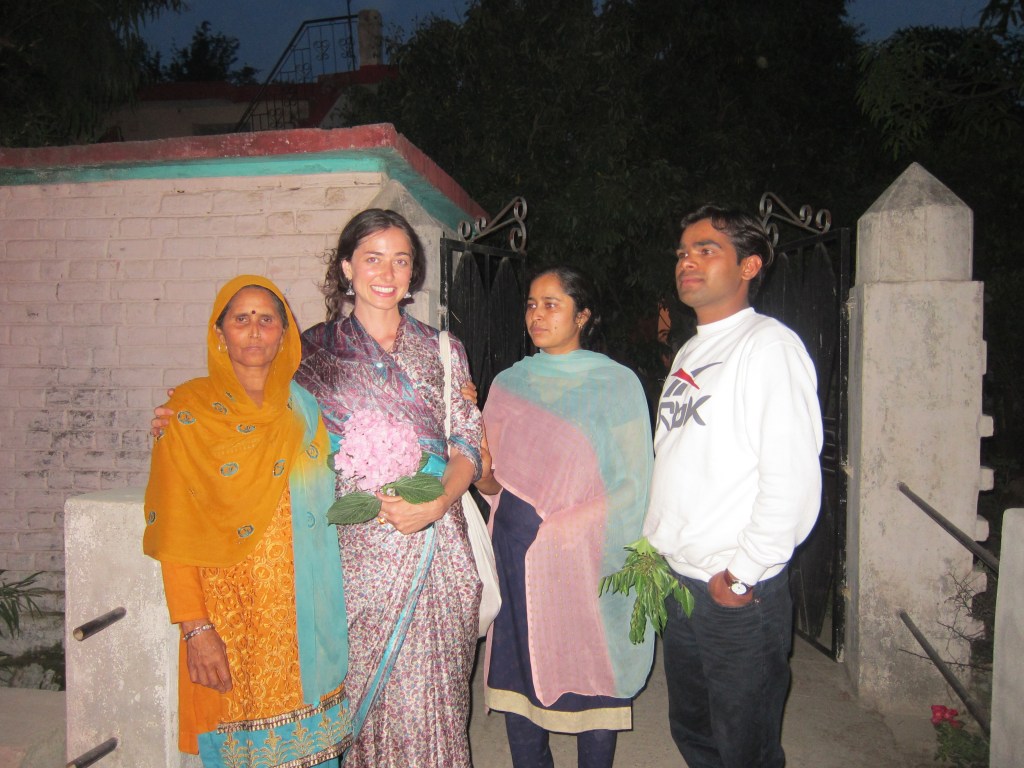
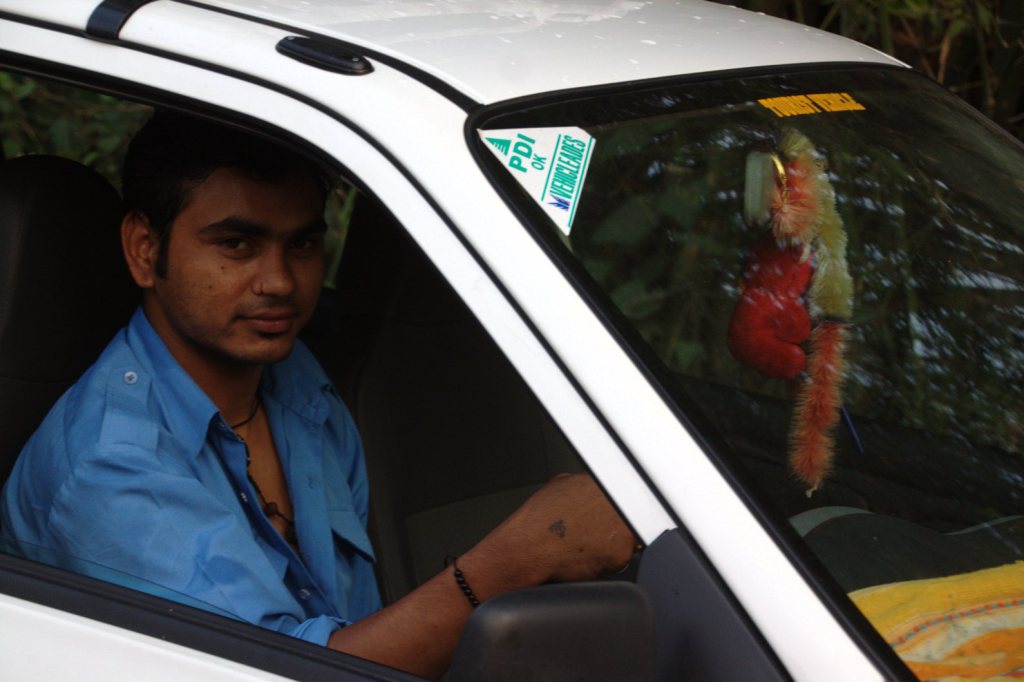
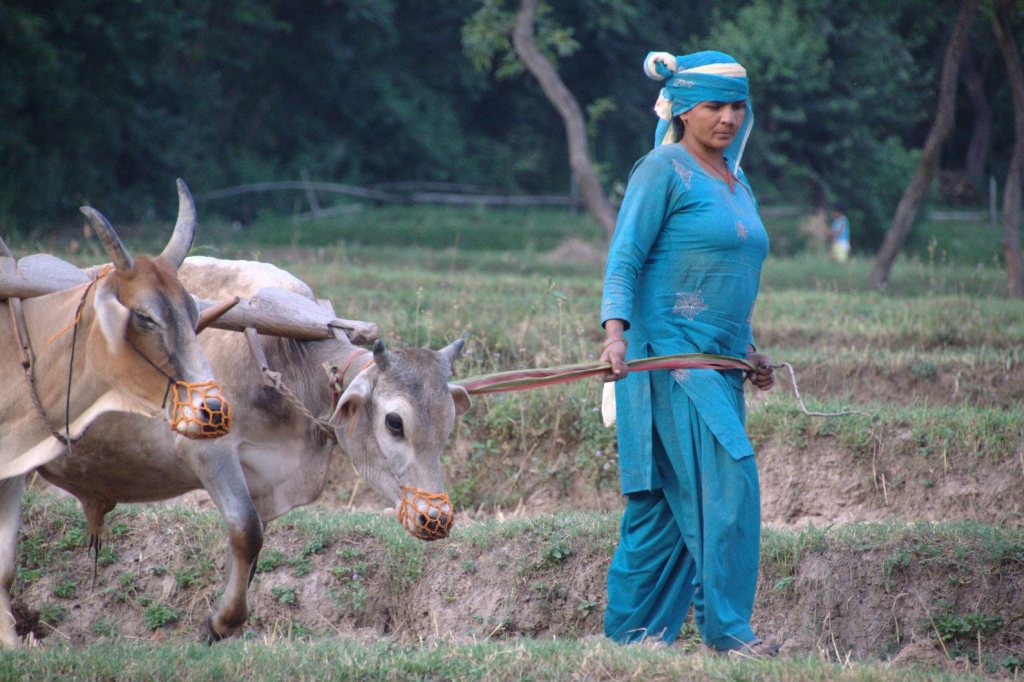
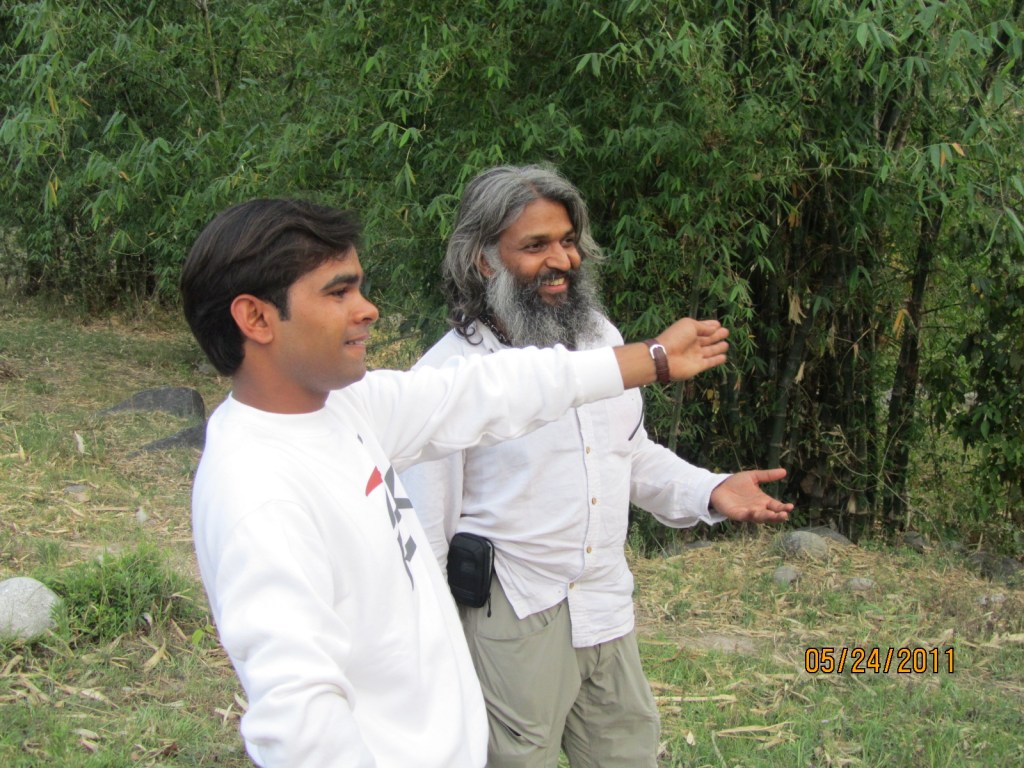
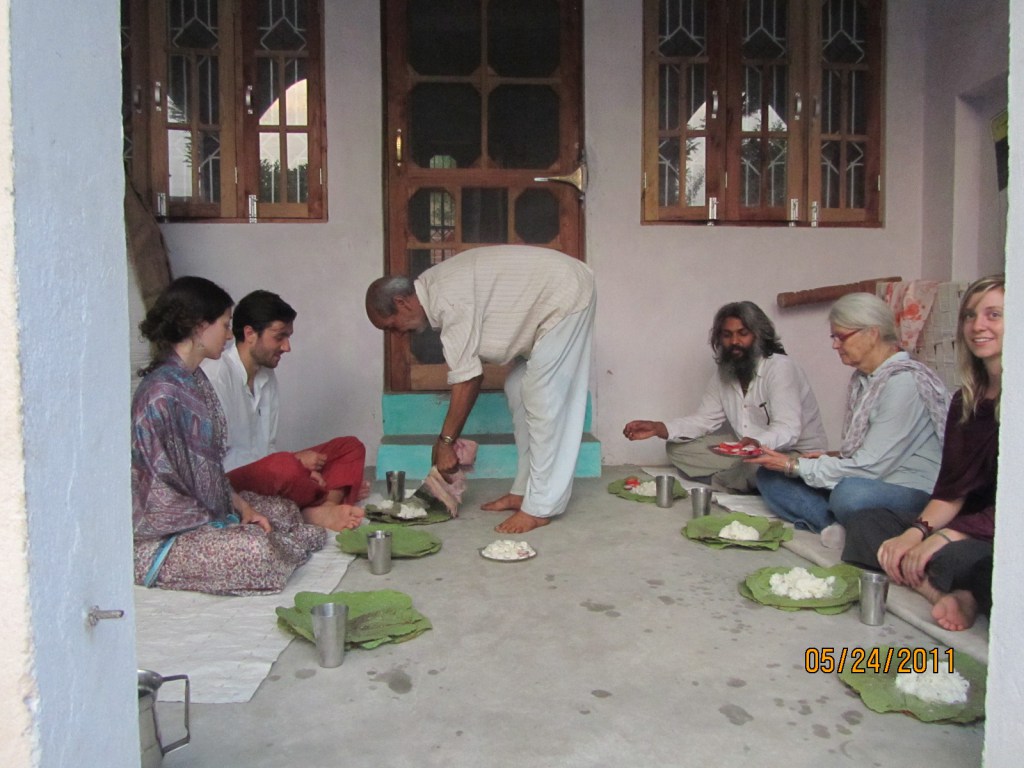
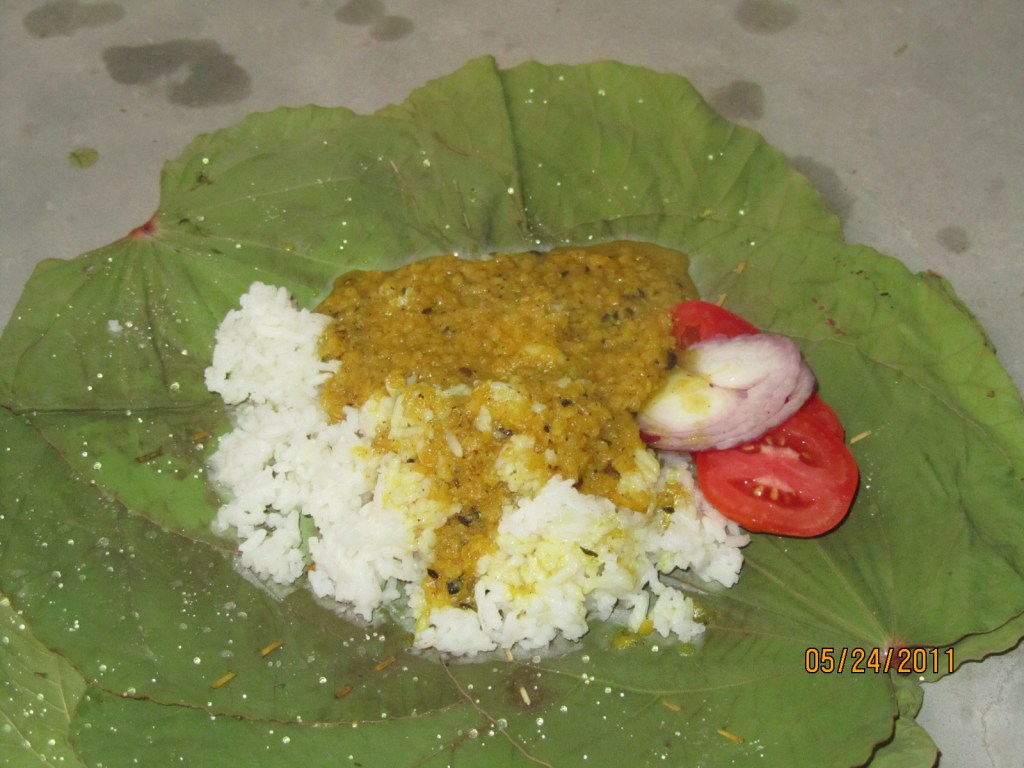
 RSS Feed
RSS Feed
